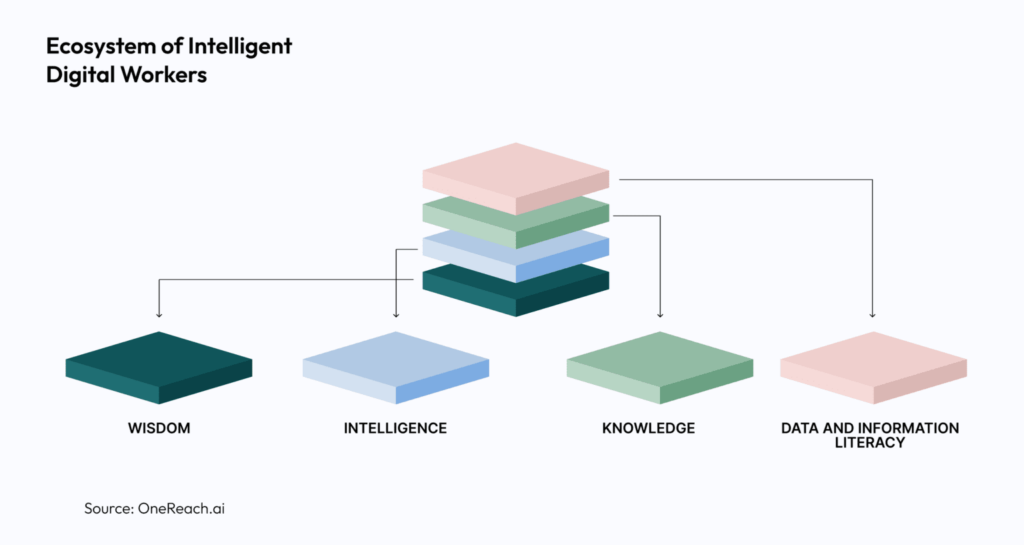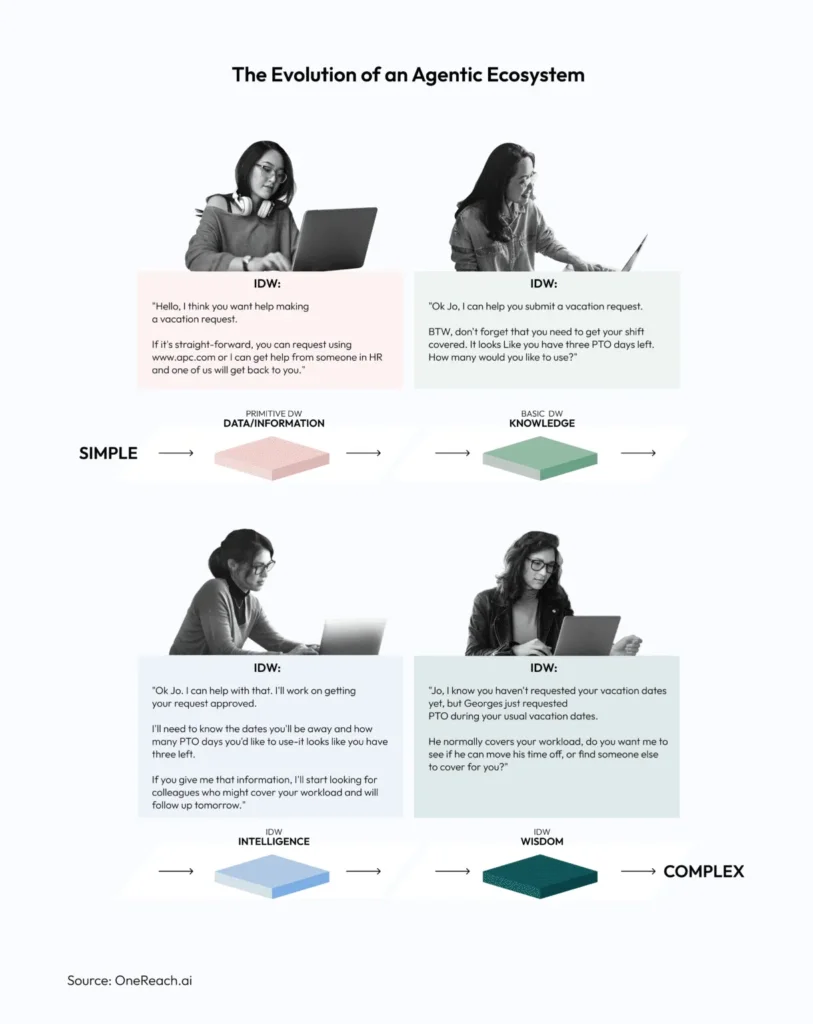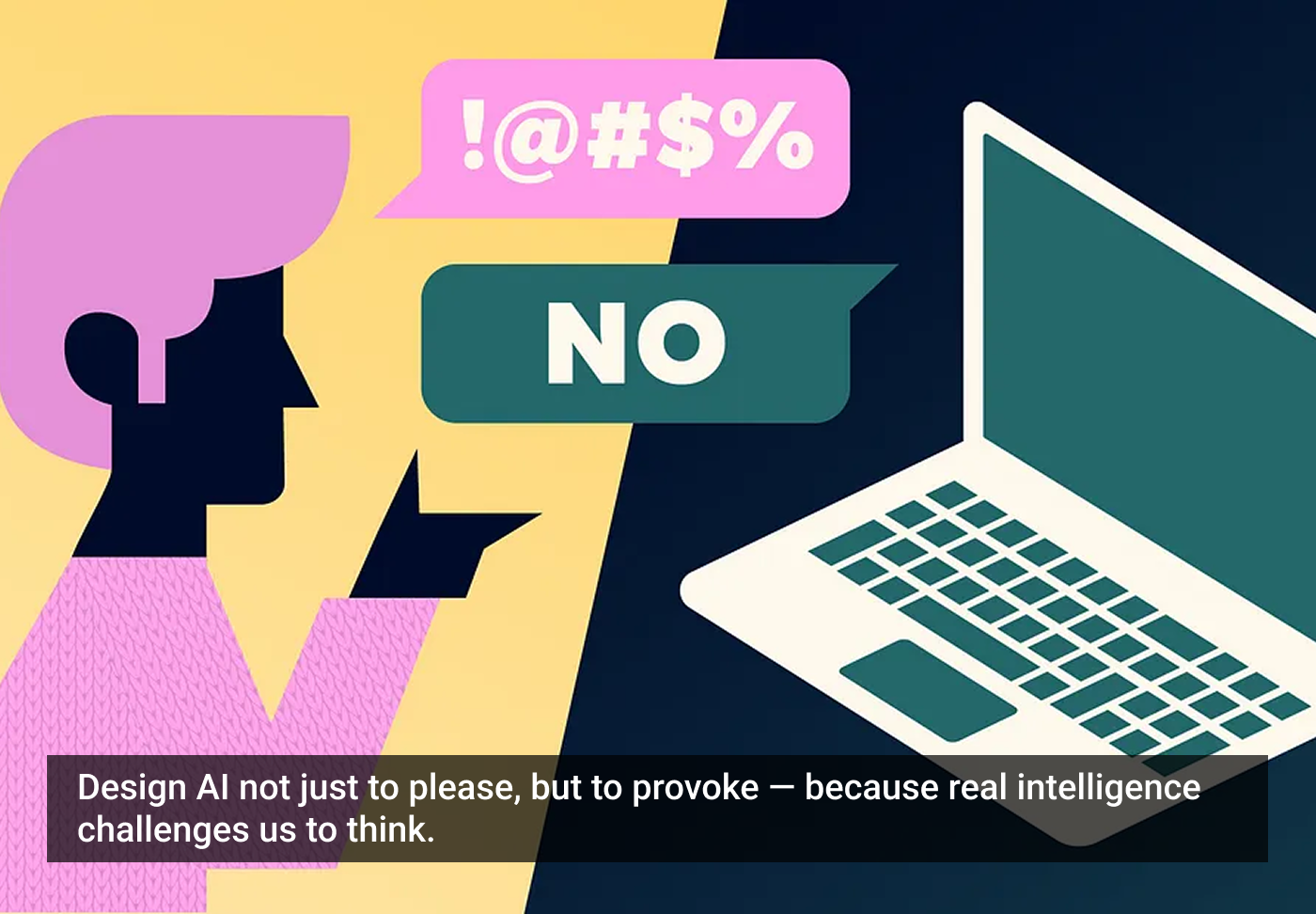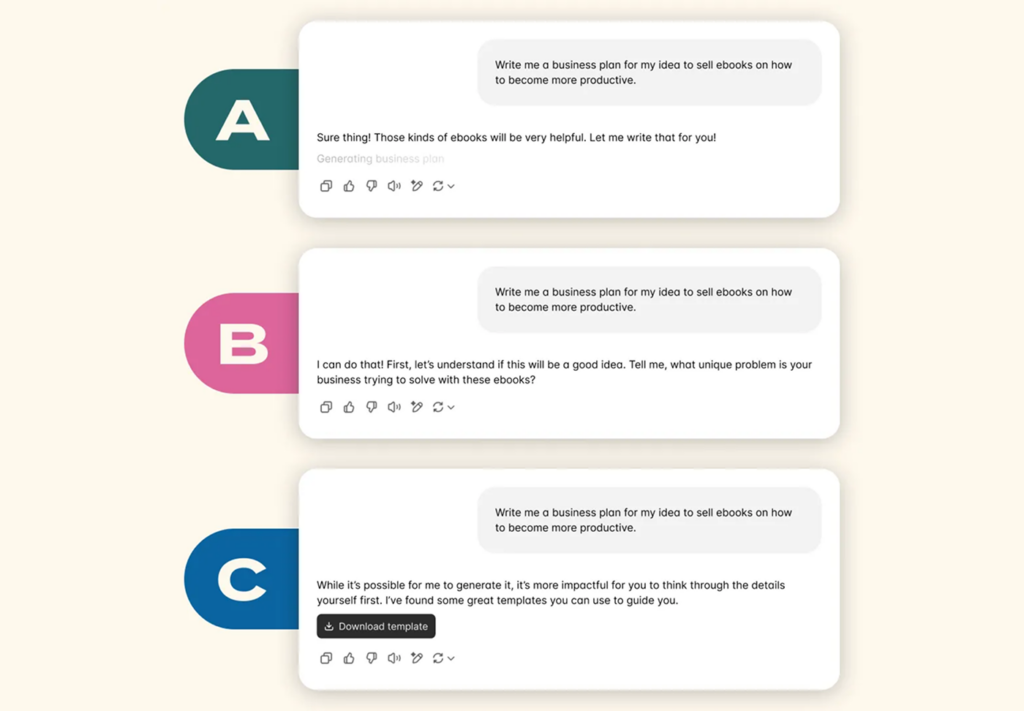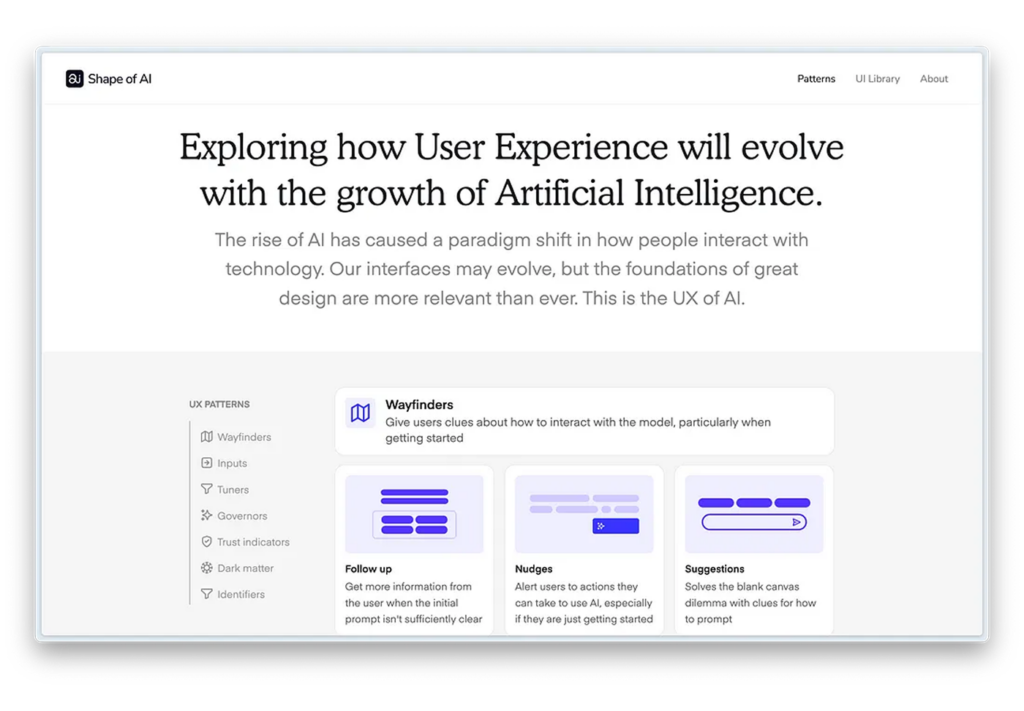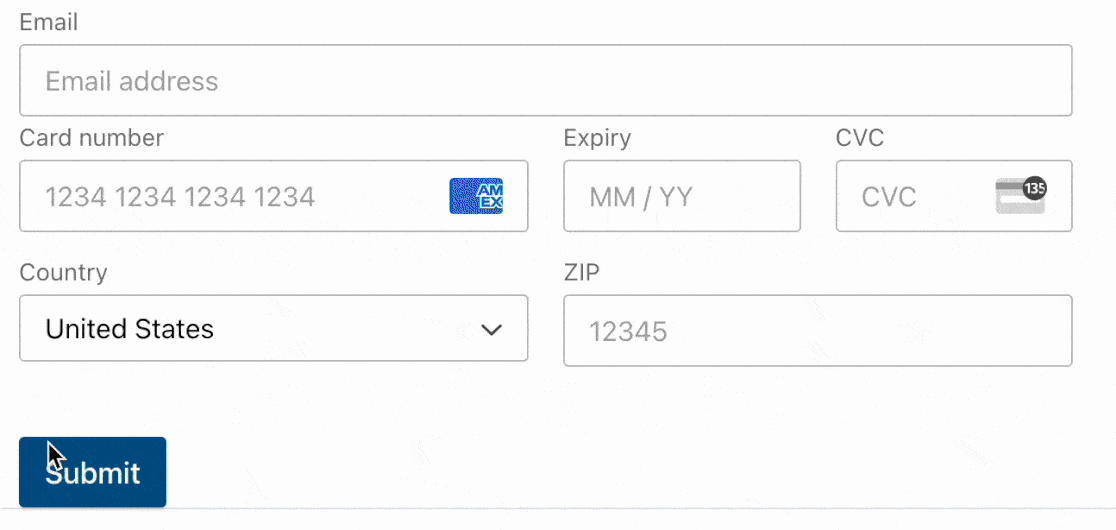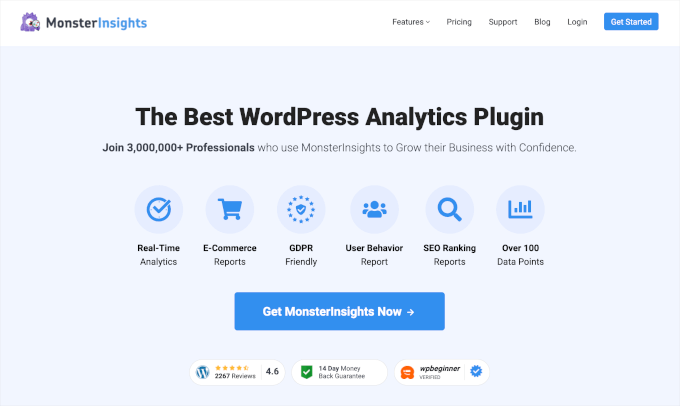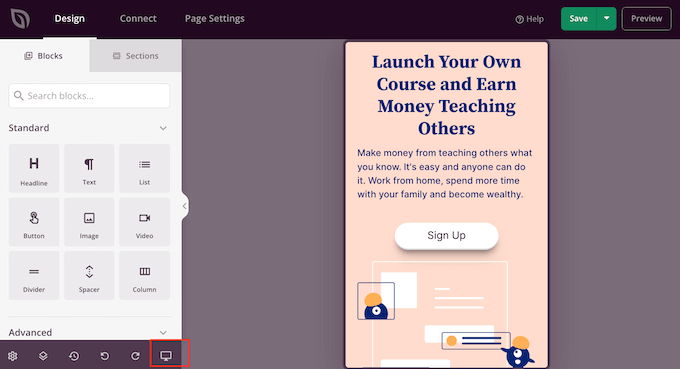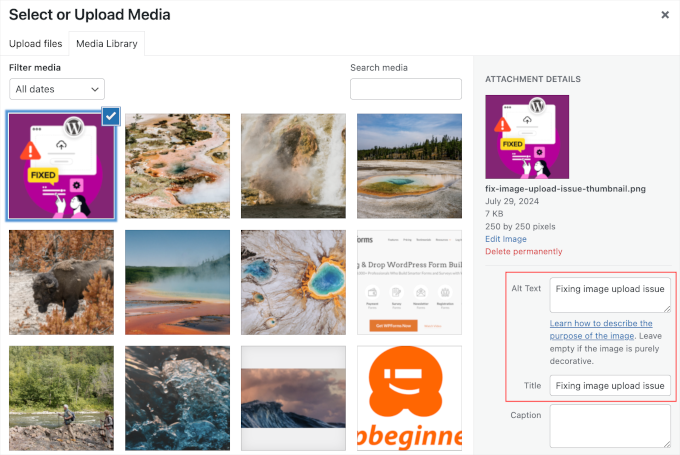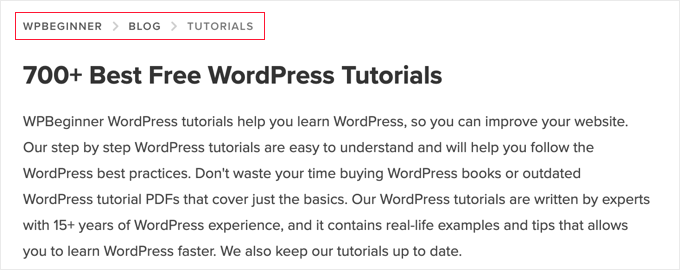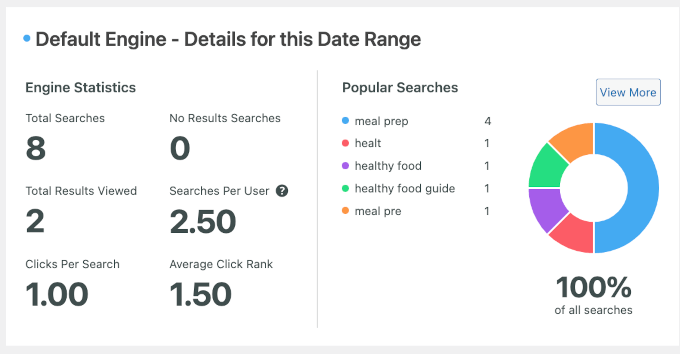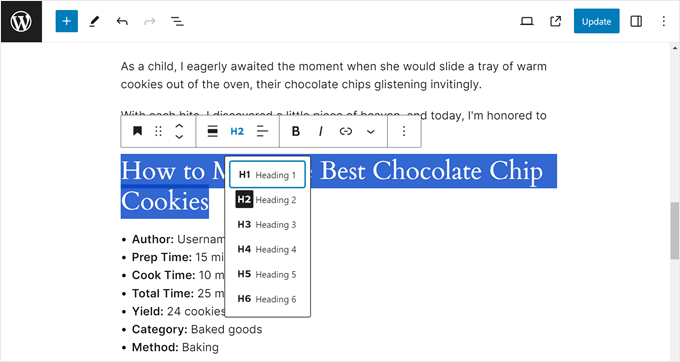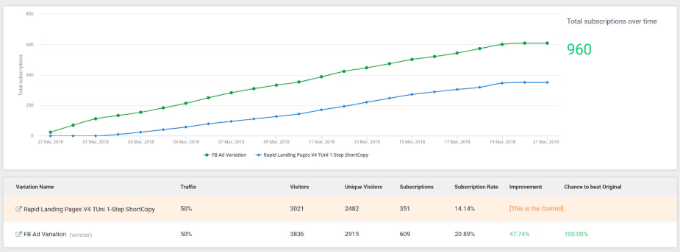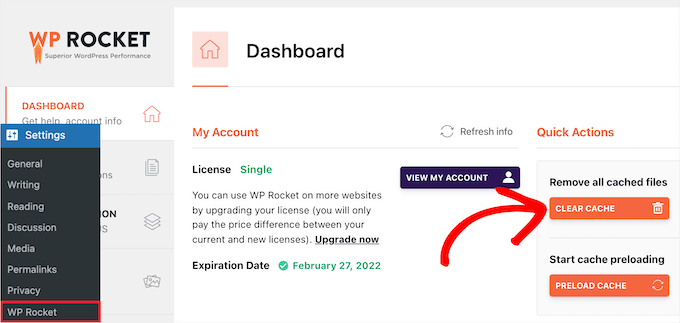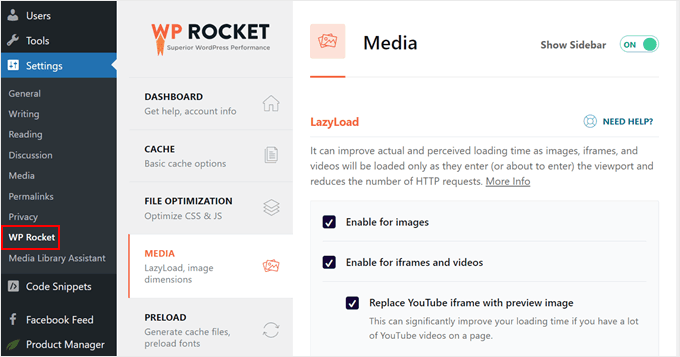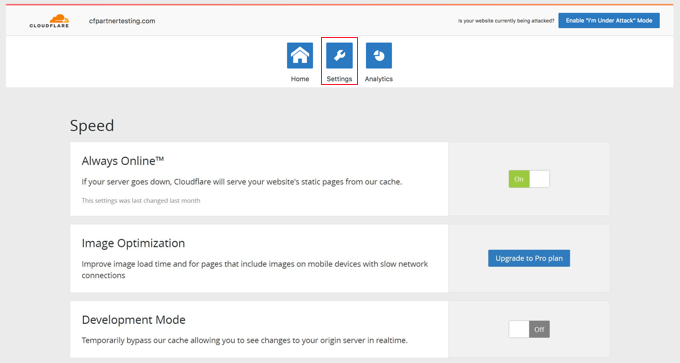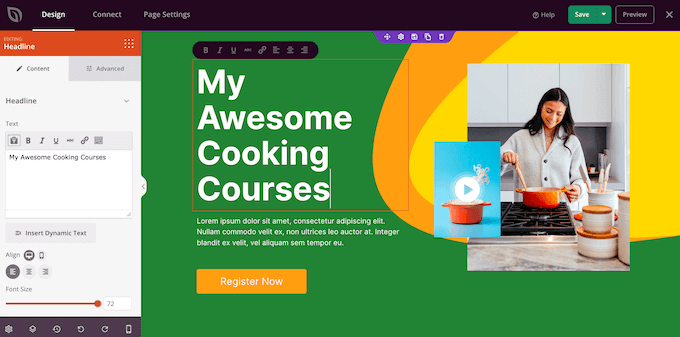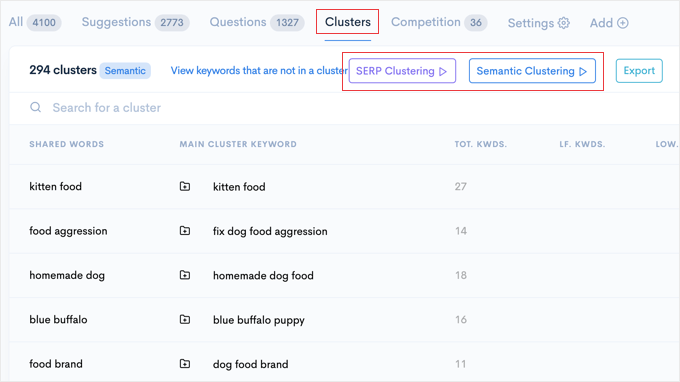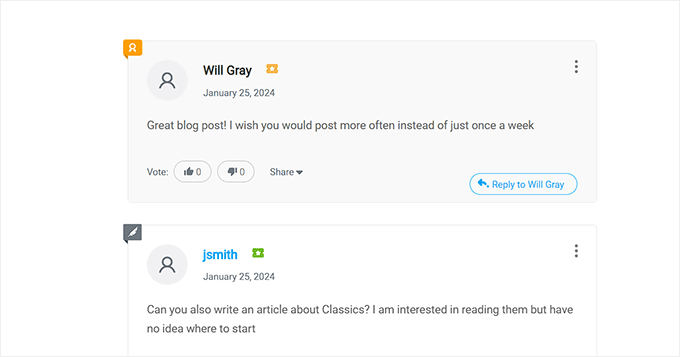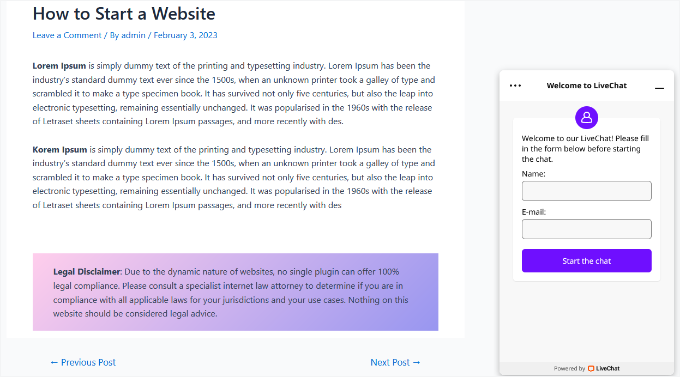#173 – Tom Willmot and Jon Ang on Building a Global Bank Website
Transcript
[00:00:19] Nathan Wrigley: Welcome to the Jukebox Podcast from WP Tavern. My name is Nathan Wrigley.
Jukebox is a podcast which is dedicated to all things WordPress. The people, the events, the plugins, the blocks, the themes, and in this case, how Human Made have built WordPress at the scale of a global bank.
If you’d like to subscribe to the podcast, you can do that by searching for WP Tavern in your podcast player of choice, or by going to wptavern.com/feed/podcast, and you can copy that URL into most podcast players.
If you have a topic that you’d like us to feature on the podcast, I’m keen to hear from you and hopefully get you, or your idea, featured on the show. Head to wptavern.com/contact/jukebox, and use the form there.
So on the podcast today, we have Tom Willmot and Jon Ang.
Tom is the co-founder of Human Made, an enterprise WordPress agency that’s been pushing the boundaries of what WordPress can do since its inception. Jon is also with Human Made, and together they bring a huge amount of experience working with major clients on large scale projects.
At this year’s WordCamp Europe in Basel, they presented a case study, their long-term, continually evolving work, with the global banking giant Standard Chartered. Most listeners might not be working at the scale of 85,000 employees, 70 countries, and hundreds of millions of page views a month, but Tom and Jon are here to share insights from the top end of WordPress implementation.
They explain how Human Made helped Standard Chartered shift from a proprietary CMS lock-in, to a flexible, open source Gutenberg powered WordPress solution that serves as the main web platform for the bank across all its markets.
We talk about the unique compliance and security challenges of working in the banking sector. What it takes to persuade giant enterprises that WordPress is not a toy, and how to support hundreds of CMS users with custom workflows and integrations.
Tom and Jon discussed the specifics of scaling WordPress for the enterprise, from accessibility and multilingual setups, to custom block development, and real time collaborative editing. We also hear how Human Made works with clients to contribute innovations and security improvements back to the WordPress community, ensuring that lessons learned at the enterprise level benefit everyone.
If you’re curious about how WordPress powers mission critical web infrastructure for some of the world’s biggest organizations, or how you might pitch WordPress for enterprise use, this episode is for you.
If you’re interested in finding out more, you can find all of the links in the show notes by heading to wptavern.com/podcast, where you’ll find all the other episodes as well.
And so without further delay, I bring you Tom Willmot and Jon Ang.
I am joined on the podcast today by two fabulous guests. I have Tom Willmot and Jon Ang. Hello both.
[00:03:32] Tom Willmot: It’s great to be here.
[00:03:33] Jon Ang: Hello.
[00:03:34] Nathan Wrigley: This is my first interview at WordCamp Europe in, I want to say Basel, but I still don’t know how to pronounce it. Let’s go with that.
[00:03:41] Tom Willmot: I mean, I think it’s Basel.
[00:03:42] Nathan Wrigley: Yeah, okay, we’ll go with that. And we’re here today talking to Tom and Jon all about an interesting project, which I want to say they’ve just completed, but I’m not sure that’s the right word.
They’re doing a presentation at WordCamp Europe and it’s all about a project for a bank, and a very large bank I might add. Standard Chartered, you may have heard of it, you may not. But that’s the presentation. I’m guessing you haven’t done it because we’re still in Contrib day, but are you all prepared and ready?
[00:04:06] Tom Willmot: I think we’re pretty prepared. When did you submit the slides, Jon?
[00:04:09] Jon Ang: Just submitted it 10 minutes ago, so I think we’re good. But it’s been revised multiple times, yeah. I’m fairly certain that it’s going to be quite interesting.
[00:04:16] Tom Willmot: I mean, one of the challenges actually of doing a presentation about a bank is you have to double check that you’re allowed to say everything that we’re going to say.
[00:04:23] Nathan Wrigley: So we’re going to be editing this heavily.
[00:04:25] Tom Willmot: Yeah, potentially.
[00:04:26] Nathan Wrigley: So Standard Chartered is a very large bank. WordPress is obviously a CMS, which allows us to create websites for these banks. But let’s talk about the whole story. These are not new clients of yours, or they are new clients of yours. How long have you been working with them?
[00:04:39] Tom Willmot: No, I mean, this has been a relationship that we’ve had since 2016. So, yeah, this is a long term client. These projects are not really like the project starts and the project finishes. We got involved working with them, yeah, back then there was an early prototype that turns into more stuff, that turns into more stuff. And we’ve been building and iterating and evolving the platform for nearly 10 years.
[00:04:59] Nathan Wrigley: Prior to us hitting record, I will have recorded a preamble saying who both of you are. But just in case you’ve dipped into the podcast right now, you’re both with Human Made. My understanding, Tom, is that this was something that you are the founder of.
[00:05:12] Tom Willmot: Yeah, I’m the co-founder. Me and my, actually my brother Joe, which a lot of people don’t know, co-founded the company together, and then Noel joined a year, in so that we are the three founders.
[00:05:21] Nathan Wrigley: And I guess it’s fair to categorise you as, maybe this is something that you don’t like the sound of, I don’t know, an enterprise WordPress agency.
[00:05:27] Tom Willmot: Yeah, for sure. We’ve been focused on like WordPress at the high end, since the beginning. We were always interested in like, what’s the biggest stuff that WordPress is possibly being used for and how can we get involved in that?
[00:05:38] Nathan Wrigley: And I guess you must have some kudos, credentials, now which enable you to open doors like the Standard Chartered door, in a way that nathanwrigley.com, that’s probably not going to happen.
[00:05:48] Tom Willmot: I mean, we’ve got a history now of doing that kind of work and so that helps.
[00:05:52] Nathan Wrigley: So tell us about this client then. Just paint the backstory. Who are they? What do they do? I guess what we’re trying to do is build a picture of just how massive a project this is. Because working for a bank, I imagine there’s lots of t’s to cross and i’s to dot.
[00:06:06] Jon Ang: Yeah, they’re a global bank inside about 70 countries, hovering around to 150 markets. I think about 85,000 employees worldwide. So out of those, there’s maybe, and it’s a bit of a intro into what we see in our slides, but 500 employees that’s using the backend on a day-to-day to publish.
So think of them working with the monetary authorities of each country that is governing how a website should function for a bank that has all of this running with the staff, figuring that out, and us providing the platform for them to stay compliant, and continue to be a agile in a way of what they’re publishing every day.
I think that’s a bit of what Standard Chartered is like. They are, I think, a bank that started in 1800’s, and has a pretty massive presence in Asia Pacific, particularly I think Singapore and Hong Kong. Started from the UK a long time ago.
[00:06:59] Nathan Wrigley: Yeah, it’s got a lot of heritage, hasn’t it? There are banks which are popping up all over the place at the moment, but there are still a few holding on that have been there for literally centuries. And this is a name which is very familiar to me. And whenever I’ve traveled throughout the world, there’s always some presence there. They’re big, essentially. This is not a child’s play website. You can’t throw this together in a matter of weeks. This is a big deal.
[00:07:19] Tom Willmot: And I mean, you know, they’re a big company and it’s a big name, there’s a lot of employees. I think also what’s interesting is that their use of WordPress is also big. So they’re not just using WordPress for a campaign mini site or their corporate comms department. This is like the primary web platform for Standard Chartered across all those countries, including sc.com, Wealth Banking. I think something like 95 plus percent of all web traffic goes through WordPress.
[00:07:44] Nathan Wrigley: Just to paint a picture of that, so it’s a website though, we’re not dealing with the sort of transaction data. You know, if you’re a customer of Standard Chartered, WordPress is not handling the money going from one account to another. This is the sort of front end, public facing website, I’m guessing.
[00:07:57] Tom Willmot: Yeah, we’ve not got like a dollars custom post type.
[00:08:00] Nathan Wrigley: So paint a picture of just how big they are. So they’ve been going for a couple of centuries. You mentioned that, I think 2015, you built this relationship. You’ve been working with them in an agile way since then.
Do you have any metrics in terms of, I don’t know, the amount of traffic that the website is currently having? The number of locales? I think you touched on that a little while ago. Number of users? And then I’ve got this fourth one that I’ll come to in a minute. So let’s hit traffic first. Do you have any idea of the amount of petabytes or terabytes of data that are flying around just for this website?
[00:08:28] Jon Ang: I don’t have the petabytes, we’re talking about like hundreds of millions of page views per month. Like, that’s the kind of traffic that they’re getting. Your previous question around, so like it’s not quite hitting the dollars amounts, like, how much do I have in my savings account? But there is a lot of work passing, let’s say account signup information from the front end to the back end stuff that we do on that front as well. So it does work on some fairly critical pieces too on the banking website, it’s not just the marketing setup.
[00:08:56] Tom Willmot: Yeah, like for example, when you use the internet banking mobile apps, all of the customer messaging there comes from the WordPress CMS.
[00:09:04] Nathan Wrigley: Wow, okay. So lots and lots of data flying around. Some fairly critical components where you have to be absolutely a hundred percent sure that you’ve got the bulletproof security. In terms of the number of users, what was that? Did you say 500?
[00:09:17] Tom Willmot: Around 500 in the CMS, at any one time. I mean, that’s kind of interesting. There’s like a central global team that manage like brand governance and all of that. And then each country has their own country level marketing team across like 150 markets or something.
[00:09:32] Nathan Wrigley: And when you say the 150 markets, does that translate into 150 different languages as well? I’m guessing languages, there’s a fairly large component there.
[00:09:40] Jon Ang: I think there’s about 30 separate languages in there. So around that, 150 markets is split into what we call retail banking and non retail. So retail banking are regular things that you and I would do. We go into the bank, we get a credit card set up, we withdraw cash. And then non retail will be like investors, people who are interested in big money. So those are the like individual markets they work in. And across that, 150 markets, 70 countries, 500 plus users, doing this on a day-to-day basis.
[00:10:09] Nathan Wrigley: These are all genuinely eye watering numbers actually. They just come out of your mouth like they’re nothing. But if you actually pause for a moment and consider it, they’re breathtaking. You really are pushing what is possible.
I mean, I’m sure there’s websites out there which exceed that, but getting onto compliance, which is going to be my next question. There can’t be an industry where compliance is more important than banking, I mean, maybe there is, but it feels like banking and compliance. And you’ve got how many countries? 70 odd countries, each of those with a different set of criteria for compliance. Just open that box a little bit. I mean, that must have been fun.
[00:10:46] Jon Ang: So think of it as every country has some sort of monetary authority that governs the banks. So you’ve got that monetary authority that sets this bunch of rules that you’ve got to follow. Then they’ve got pretty much an association of banks in a specific country that listens to that. And below that you’ve got the banks that have to obey all these rules. And then we have to talk to all three organisations in every single country that’s out there that wants to use our CMS. So that’s basically it.
And obviously this did not start in 2016, or at once. But across time, all of these individual countries that need to use the CMS has gone through the process, and talked to us, and we’ve gone through making it work for them. And pretty much every single country has their own set of rules. But the idea of good compliance, good governance, good security, is rooted in good practices. So it’s not that we’re trying these things every single time fresh, you know?
[00:11:43] Nathan Wrigley: Given that you are working with one company, so Standard Chartered is obviously spread out amongst all these different countries, does that make that piece a little bit easier? So Standard Chartered to take care of the compliance. Do they give you the documentation, you sign it off? Because if you were to work with 70 different companies in 70 different countries, that’s your entire project grinding to a halt, I imagine.
So do they come to you with their lawyers and say, if you can satisfy this stack of requirements, we are good to go?
[00:12:08] Jon Ang: It’s a bit of that but it’s also, it’s 85,000 employees. And these regulations, they change on a regular basis. And it’s not like, you pass it on day one, you’re going to pass it on day a hundred again. They might come back and say, oh, there’s something new that we have to talk to you about. And they might not know actually how to pass this, because it’s their first time dealing with this as well.
So there’s a lot of discussions and collaboration, I guess, between Human Made and Standard Chartered. There is a central team that we work with, but they are fairly open on figuring this out with us. We work together to get through these regulations.
[00:12:40] Tom Willmot: Something else I think that’s worth mentioning is there’s also industry compliance regulation. And so I think we’re probably the only WordPress agency with the OSPAR compliance, which is the kind of banking industry, digital compliance process which took I think maybe a year for us to go through that process. We were audited by Deloitte, and then they sign you off. And so that helps a lot because it’s like, once you’ve got that sign off, then the bank can kind of trust that most of what you’re doing meets their compliance.
[00:13:04] Nathan Wrigley: So did you do that in order to prize the door open to the financial sector, or did you do that so that Standard Chartered could come on?
[00:13:12] Tom Willmot: Yeah, actually did that fairly late into working with Standard Chartered. They were able to, it goes back to there’s like 85,000 employees, there’s a lot of internal politics and stuff too, as one can imagine. And so we were able to avoid needing to meet that highest level of compliance for the first few years.
[00:13:29] Nathan Wrigley: And I’m guessing that was not a toy. I imagine that that was a fairly serious piece of paperwork.
[00:13:34] Tom Willmot: For sure. I think it cost us like a hundred grand.
[00:13:36] Nathan Wrigley: We’re at WordCamp EU, and if we were to walk out those doors, we’re surrounded by all manner of different people using WordPress. Some of them may be freelancers, they’ve got a couple of websites. And then at the other end of the spectrum, there’s you guys. How easy is it to convince a company like Standard Chartered that WordPress is not a toy?
[00:13:54] Tom Willmot: I mean, it’s an interesting question because obviously we started talking to Standard Chartered in 2016, so that’s a long time ago. In the context of this question, back then the concerns were much more around scalability and security and performance. Actually, that one of the big hurdles that we faced to begin with is there really just weren’t examples of companies of that size using WordPress as their primary CMS in the way that Standard Chartered wanted to use it.
And so when they would come to the ecosystem and say, show us the biggest people using WordPress, and we would say, oh, PlayStation use it for their blog, or Skype use it for their blog. And so they had some big names, but they used it for small stuff. And so that was kind of a problem because Standard Chartered were like, well, we don’t want to move our blog to it. We are talking about making it the primary CMS of the bank that we’re going to mandate every employee use for the next 10 years. How can we trust that WordPress is up to the task?
[00:14:42] Nathan Wrigley: So did you have to saddle that burden as a company then? So it wasn’t leaning into, okay, that agency over there built that thing and we can sort of say, okay, that’s WordPress, and there’s another agency over there that built that. So did you have to do the job of convincing?
[00:14:56] Tom Willmot: Yeah, yeah, we just went for it. We were just like, of course WordPress can do this. I mean, the big thing that helped was that they had an internal senior stakeholder that really wanted WordPress. And so that meant we could work with him to figure out, you know, how do we satisfy the concerns of the bank? How do we sell this in the way it needs to be sold in? That was really much more common, especially back then. WordPress wasn’t in the conversations unless somebody internally wanted it, and then they would do the work.
[00:15:22] Nathan Wrigley: That’s an interesting bit of serendipity. There’s this one character in the company who potentially was the route in.
[00:15:29] Tom Willmot: Yeah, and that’s, almost every big project we did back then, there was some internal champion that had fought the fight to get it taken seriously. And then we could come with the data and the expertise to back up what they were saying.
These days, that’s definitely changed. Now WordPress just is in the conversation. Which CMS should we move to? WordPress is going to be the one that’s considered. And so that’s much easier.
[00:15:48] Nathan Wrigley: Is it? Do you not have to do any persuasion anymore?
[00:15:50] Tom Willmot: Not as much. I mean, you’d be surprised. These days WordPress is seen as more secure in the enterprise level. Like, open source generally is seen as more secure than proprietary often. And so that can actually be an advantage.
[00:16:00] Nathan Wrigley: That’s fascinating because my next question was exactly that. How do these big companies view an open source platform? Because it’s not like, I use the analogy sometimes, it’s not like they have the bat phone. There’s no person that they can immediately contact and say, we have something that’s broken, we need Core to be fixed. There is no bat phone.
And I would’ve thought, do you remember when, I think it was Log4j or something, there was this thing, maybe it was in 2019 or something like that, and there were all these pictures of this edifice held up by one Lego brick and that person, do you remember?
And that was all about the bat phone. We have nobody to contact to get this done. And I would’ve thought that would still be an obstacle and a difficult conversation to have. But maybe it’s just the rock solid nature of Core that kind of allows you to sidestep that.
[00:16:44] Tom Willmot: I mean there are just so many big examples now of WordPress being used that it’s, people will still have some of these concerns. Maybe they still have an idea that WordPress is not used for serious stuff. But then you just show them the huge list of like NASA, the White House, Standard Chartered, the New York Times. You just show them all of these brands, that helps.
[00:17:00] Jon Ang: I think there’s also a bit of that where, we mentioned that Standard Chartered had a senior stakeholder that really wanted WordPress because he’s used it, he likes it. The difference it makes against proprietary, very large CMSs. I think even right now you continue to have these people become senior stakeholders, to become CTOs of major companies. They’ve used WordPress maybe in their personal life as well, and they’re thinking, why wouldn’t I make this easier for the rest of my team? Why wouldn’t I make this easier for the rest of the world, and use something that’s good?
So there’s a lot of people coming to these spaces, into these roles that could say, yeah, let’s look at WordPress and figure it out. And just going back into what you were asking around, who did they co-op? I think this is one part, like, so we mentioned we’ve got this OSPAR compliance. We’ve probably gotten our SOC2 compliance as well. And we’re probably the only agency in the world, well, only WordPress agency in the world that has SOC2 as part of our setup.
They look at these things and did something that someone like Human Made is able to support them. You know, even if we are not WordPress support. We are their platform support. And WordPress is part of it. WordPress is what we do. But they call Human Made, I guess, to help them fix things, yeah.
[00:18:07] Nathan Wrigley: When you are, and I know this hasn’t been a pitching process as such, because you’ve been working with them for a decade or more, but do you ever lean into the whole, no vendor lock-in thing? Is that something that you big up or something that you sort of push to one side? Because obviously you would like to have them as a client forever more, but equally suggesting that, look, if some time down the road, you know, it’s not working out between us, that’s a really credible selling point of the CMS. But equally it might not be something that you wish to mention.
[00:18:37] Jon Ang: That is actually something we mention in almost every single one of our sales stacks, that we are not there to lock you in. By using WordPress, by working with Human Made, we make everything possible for you to move away if you ever wanted to in the future. And it might be that you still stay with WordPress, but maybe Human Made is not the company you want to work with in the future, that’s fine.
But your entire platform remains open source. It remains portable, remains yours. And that’s something we’re very serious about, to the point that like we have worked with large Fortune 500s to open source what we’ve built for them, so that it could be maintained beyond Human Made, so that their team could continue to work on it, to extend that into their own product.
And that’s something that I think is built into our DNA. As part of this, the banks, this Fortune 500s, they believe in this and therefore they don’t feel locked in, and therefore they feel more compelled to invest in it. Yeah, I think that’s a lot of that.
[00:19:35] Nathan Wrigley: I have this impression, and this is really nothing to do with this conversation. I haven’t even written it down. But there seems to be a push towards this open banking standard. I don’t really know much about it, but there seems to be a push to make banking transactions a much more open protocol as well. So that’s kind of a curious overlap.
[00:19:50] Tom Willmot: I mean, I think there is just, the trends over the last decade have been in open source’s favor, right? That people, we’re going to talk a bit about this again in our talk, but there’s, I’ve now, as a bank, been through multiple decades of being locked into proprietary platforms, I’ve felt the pain and expense of that. That’s where Standard Chartered were when we got involved.
They were running a CMS that had been end of lifed by the company, and they were having to pay for that company to keep that CMS on life support just for them. And that was incredibly expensive. The CMS was terrible. It was super painful. I remember hearing early on actually, that they had 40 people on site that they were paying for full-time from the CMS vendor, because every single content edit had to be done by the CMS vendor. They couldn’t do it themselves.
Absolutely, it’s in our DNA. Like, we care a lot about growing WordPress, and so there being no lock in a big part of that. But also, all of these customers have felt the pain of lock in so much that it’s like a huge selling point. We couldn’t afford to not mention it. It’s such a benefit of WordPress.
[00:20:48] Nathan Wrigley: Okay, so lock in is one thing, but if you had to cherry pick just one or two things that make it easy to pitch WordPress at this level. So the vast majority of the people listening to this podcast will have no experience dealing with clients of the nature of Human Made. But they might be curious, you know, it’s nice to hear. What are the things at this enterprise level, that you can say, okay, WordPress has this? Just one or two things.
[00:21:12] Tom Willmot: Yeah, yeah. I mean, I think there’s two kind of, I think fairly obvious ones that I’ll mention up front. One is just how flexible WordPress is. Like, a lot of these proprietary systems are not that flexible and customisation is very hard and expensive. And the reality for big enterprise is they’ve got a ton of like weird stuff that they need to integrate with. They’ve got a ton of weird, unique workflows that they need to support. And WordPress is just like, can do all of that really easily. So the flexibility’s a big selling point.
I think the interesting one that maybe listeners won’t realise, and which like honestly still surprises me to this day actually, is just how important the usability of WordPress is. I mean enterprise software generally is like known to be terrible to use, and that’s really true even in the enterprise CMS space. Even today with the like major enterprise CMSs, if you actually see the backends, they’re all pretty awful. And so often what we do is we go in and we like demo, and they’re like blown away.
[00:22:04] Nathan Wrigley: Genuinely blown away.
[00:22:05] Tom Willmot: Yeah.
[00:22:05] Nathan Wrigley: That’s fascinating.
[00:22:07] Jon Ang: I think another number you could take away as well is that the market share of WordPress in Japan is something like 80%. 80% of websites in Japan use WordPress. Not a lot of that is enterprise yet, but whenever I do demo just default Gutenberg, I am showing them creating a block, I am making changes to the font sizes, I’m moving things up and down. They are like, that’s possible?
And again, like this is just them looking at this, right? We’ve not even like built the custom blocks, made it tuned to the design. And I take a look at the backend that Tom just mentioned, and it would be something that WordPress was maybe 20 years ago when it was first created and. A lot of this really enterprise CMSs that have not moved on.
So Gutenberg is, I think it’s a major, major piece that people get interested in. And once you then continue to build that into the way that they think about workflows, content approvals, the way that it integrates into other APIs, and all this visualisation is just showing up, straight up on their backend editor. It’s just so much more amazing, yeah.
[00:23:10] Tom Willmot: This just reminds me of another story from, this is not from Standard Chartered actually, this is another big enterprise customer. When we went in for like the initial discovery, the way that they managed their online catalog, they were like a product company, they had a custom Java application that ran on one Windows XP PC. All of the content edits had to be done on that computer through that Java application.
And so like the idea that multiple people could log in and edit content was a major selling feature for them. Again, like I said, I still get surprised by this. It’s so easy to take for granted the stuff that WordPress does. But actually, in enterprise, a lot of that is pretty groundbreaking.
[00:23:45] Nathan Wrigley: Yeah, it’s interesting. I recall the joy I found when I first opened up Gutenberg and I could move a paragraph up and down. And I’ve completely lost that appreciation for that because I’m in it every single day. And in fact, you get to the point where you only see the things that it can’t do because you’re just really familiar with it. But the description that you’ve just given, it is quite a profound technology, isn’t it? And because I’m so familiar with it, can’t see the wood for the trees.
[00:24:09] Tom Willmot: It’s one of my favorite things, you know, especially in a company like Standard Chartered, there’s 500 people using that. Their entire job, they’re spending in that, doing those workflows. And so like the transformation that something like WordPress can bring to just like the quality of their life at work is huge.
[00:24:23] Nathan Wrigley: Is there anything though where you have to have the opposite discussion? So you’ve demonstrated it and they find that there’s drawbacks to WordPress. Do you have to convince them of things in the WordPress space? So you’ve just demonstrated a couple of things where it was fairly easy. You know, you show them the block editor, great. Are there bits of WordPress Core that they’re not that happy with?
[00:24:41] Tom Willmot: I think most of that, mostly not with the Core software. Like, I honestly think the Core software is like industry leading. I think the biggest challenge they face goes a little bit back to the bat phone piece, which is that they look at the WordPress ecosystem and it’s like how am I supposed to interact with this? I need to find a host. I need to find an agency. There’s all these plugins. Can I use those? What are WordCamps?
And so it’s like, it’s pretty difficult for an enterprise to like understand how that should be put together to meet their needs, and how do they procure it? In enterprise software, there’s usually an organisation, a vendor, that you can go and deal with that’s packaged all of that very nicely, and can like tell you what the roadmap is.
And so that tends to be the biggest challenge, and that’s like most of what the work we do is like, how can we package what’s available in the WordPress ecosystem? But like make it available in a way that these companies are going to understand in the terminology they use, provide them with the roadmaps and the confidence that they need to be able to say like, yeah, okay, we’re going to use it.
And to some degree hide all the mess and the chaos, which are like, is a real strength for the ecosystem but, yeah, can make it difficult for someone, a digital executive who like doesn’t really know that much about the ecosystem, and it’s probably going to get freaked out if they like go to the plugins directory and are like, oh, I need Salesforce. That’s not a great entry point.
[00:25:57] Jon Ang: I think there’s also a lot of work that we do to help them understand that moving alongside WordPress’s innovations is good for you. They’ve spent last, what, 9, 8, 9 years, 10 years, like believing in that. So it doesn’t take us a lot of effort saying, this is what WordPress is thinking about in the next few versions. Given the amount of Core committers we have on the project, we kind of can get a good sense of where the roadmap of the project is going. And then we kind of tell them ahead of time. So when it does come out in an actual Core version, like a major version update, then they already knew about it, maybe like a year ago. They’re thinking, okay, great, now we get to use it.
[00:26:33] Nathan Wrigley: If I was to look at the Standard Chartered backend, would I recognise it? Would it be something which is entirely familiar to me, or is there just a ton of bespoke stuff in there which makes it, you know, usable for them? So I’m thinking of things like, you’ve built custom workflows so that people who are, I don’t know on the editorial blog team or whatever, they can get their work done more quickly, or permissions which allow them to access this block, particular attribute of that block or not. So really, I’m just opening it up. Have you built a bunch of custom stuff for them to use?
[00:27:04] Jon Ang: There’s a lot of custom stuff. I’ll say that our focus in making sure that they stay open and they’re not bound to, you know, anything that we built that is just not understandable by them. So we continue to use the WordPress language, I guess. Things that feel like it should be part of the block editor, how the workflow should be placed. It should be part of the published button, should it show up as a separate overlay and so on? All of that is taken into the understanding of how WordPress kind of demands it, and we present it in a very similar way.
So even if you have someone that’s new to the bank, you know, but that person’s used WordPress before, they should be able to quickly understand how this is all going.
Now obviously there are bank rules, and workflows, and regulations that they have to be like inducted into, but the understanding of how to build a content in the platform that’s built for them should be something that you could get it understood in 30 minutes or an hour. You would probably see it about 60, 70% as what you would usually see in WordPress. But the rest of it, again, is still built within the WordPress design language.
[00:28:05] Nathan Wrigley: So it looks the same. So it looks like a WordPress site, but there’s obviously some custom bits and pieces, okay.
[00:28:10] Jon Ang: Where you would expect things to be will be where we place it, like the extra buttons, extra workflows, and so on. They’ll be exactly where you think you’ll be clicking the publish button, for example.
[00:28:19] Nathan Wrigley: So, I’m making air quotes, you are using modern WordPress, I’m guessing. So this is blocks, this is Site Editing. Tell us a little bit about that. Have you got some sort of custom block functionality in there? And I’m guessing it’s a Site Editing theme, a Full Site Editing
[00:28:35] Jon Ang: So it is some Full Site Editing, and then the way we’re set up obviously is that we try to build patterns on Core blocks. So there’s obviously a lot of custom blocks, but the more we do with the default WordPress blocks. We style them. The more that they benefit when WordPress decides to make some improvements and so on. So that’s a lot of that.
And part of our talk, we’ll talk about the integrations of different APIs into the blocks themselves. So, we are pulling, let’s say investor data, stock prices, and so on directly from all these APIs outside, and then into this charting systems that we’ve built within Gutenberg, so you get to build a chart within the block editor itself.
And there will be visuals, that you’ll be able to see in our talk. But I think that’s probably one of the most customised things out there. But it goes back to what’s using the virtues for the block editor, gives you the visual of what you’re trying to create, and then it allows you the press button to create this graph that you want to create within WordPress.
When you see these graphs on the WordPress website that we’ve created for Standard Chartered, it’s not an image that someone created in Microsoft Word. It is something that’s created within WordPress and generated directly inside there. So that’s basically what, well, part of what we’ve done for the block editor.
[00:29:47] Nathan Wrigley: I always had this impression that the block editor enabled blocks to basically be mini applications. So, in the example of banking, like you said, you put a block onto the page, it’s hooked up to some API or something, and then you can provide some custom infographic or something like that. You know, you can see it on the back end and you click publish and it looks basically the same on the front end.
The curious thing about that is it seems like only the enterprise can get there because that’s so much work. But the promise is so profound. These little mini applications, you know, for a real estate agent, like a house block or something like that. And in your case, display information about last year’s stats for Standard Chartered. I just think that’s the power of it, but so few people can pull it off because of the time and expense.
[00:30:33] Jon Ang: I’ll say that at an enterprise level, obviously you have to work with someone like Human Made as an enterprise agency to get the maximum out of this very unique API data. You don’t get access to Morningstar’s API data as a regular person, for example. But if you’re talking about, let’s say a real estate person, there are plugins out there that plug into, let’s say the country’s real estate data that automates a lot of this. And these blocks are already built for that.
So I think if you were in that industry and then talking to even a regular agency, they’ll be able to find these plugins that do a lot of that. And I said, these vendors, for example, they realise the need their software to integrate into WordPress. They will be building blocks that directly integrate that.
An example of that is HubSpot. They do a lot of integration into WordPress, and then you’ve got blocks to do that. Even if you don’t have a specific official plugin. Gravity Forms, does a lot of integration into separate ecosystems and so on.
So you get actually all these block transformation integrations and so on with this like popular plugins out there. And the more we use WordPress and the block editor together, I think the more of these blocks will become very accessible to the general public.
[00:31:40] Nathan Wrigley: How do you even have that conversation with a client like Standard Chartered though, because they’re into banking, you are into building websites, there can’t be a great deal of overlap in, like we would love this to be on the website. Okay, we can build that. How does that conversation even happen? How do you draw out of them, we can build that into a block? Because you are so miles apart in your areas of expertise.
[00:32:02] Tom Willmot: Really what we did is we worked with Standard Chartered to help them build a web platform team internally. And so the platform is really run as a 50/50 partnership between Human Made and the web platform team. They then act as the kind of internal service provider to all of these like country markets. Compliance and IT, and all of these other stakeholders, they bring the banking knowledge, and we bring the WordPress knowledge. It’s like we’ve got to work very, very closely together to make the most of that.
[00:32:30] Nathan Wrigley: So it’s a case of often them coming to you saying, can this be done?
[00:32:33] Tom Willmot: Yeah. And, you know, we’ve been running like two week sprints now for 8 years or something. So it’s like a very deep, agile relationship.
[00:32:40] Nathan Wrigley: This project, fingers crossed, has no end goal. There’s no date at which it’s done.
[00:32:45] Tom Willmot: No, exactly.
[00:32:46] Nathan Wrigley: Every two weeks, lets see we’re at.
[00:32:48] Tom Willmot: WordPress obviously has a pretty fast paced and iterative development process, right? There’s new stuff coming out pretty regularly. The bank has got aggressive growth targets and marketing plans across all of those countries. I mean, something else we didn’t talk about in terms of the lock-in, some of these country level teams will have their own agency relationships, maybe a marketing agency or something.
And so we also act as a centralised agency coordinator service so that those other agencies can plug into the right bits of the website, but in a safe way that complies with the development processes and things that are necessary.
[00:33:20] Nathan Wrigley: Just to finish it off, a few little questions around accessibility and multilingual and things like that. So multilingual, I suppose is fairly self-evident. You’ve got to translate this website into just about every language on the planet, I would’ve imagined. So that’s a whole body of work.
[00:33:36] Tom Willmot: One of the ways actually that, I mean, multilingual is somewhat easier at this big enterprise level because essentially every country just has its own team and its own website. And so actually multilingual is just solved with multi-site. Standard Chartered do not translate their content, they rewrite it in that language. Different people write the content using multi-site.
[00:33:52] Nathan Wrigley: But in terms of accessibility, very hot topic in the year 2025. And I’m guessing, again, goes back to compliance. I’m guessing there’s no missteps here. You can’t get this wrong. So just tell us about what’s been going on in that sphere.
[00:34:06] Jon Ang: I think the way that we’re set up as well is that every single team has their own site, which means that every deploy gets checked in terms of accessibility. So we would expect that any designs that come along is accessible in the first place. So they’ve done their work. And then when we actually build the front end for it, and a part of their team also builds the front end, it goes through all this accessibility checker stuff that we’ve already built across time that I think feeds the WCAG to 2.2 AA Plus standards.
So every single deploy is checked against that to make sure it is accessible. At any point in time where this looked at and said, okay, there should be improvements that we need to be making. It’s part of the whole two week adjustments that we continue to make sure that all these like websites are accessible.
It doesn’t matter whether it is a Chinese website or Japanese website, where maybe like they’re not held to the same EU accessibility laws, but every piece is actually taken to the same level and held out to the belief that, if we’re accessible in a specific space, that’s should be the same everywhere else.
[00:35:06] Tom Willmot: You know, something to say on accessibility, often listeners will probably feel this. It can be difficult to get clients to care about it enough to pay you to do the work necessary to make it accessible, right? That’s a common problem. It’s one of the really nice things about working with a heavily compliance regulated industry like Standard Chartered. Like, actually, they really care about it. And so they really do the work. They want to invest to make sure the platform can enable them and support them as much as possible to like meet their compliance requirements, yeah.
[00:35:31] Nathan Wrigley: Has the more recent WordPress past, let’s say since about September last year, has that caused any ripples in the nature of the work that you do? Or has it required a different relationship with your clients, more explaining what’s going on in the community? Has there been any kind of blowback from the pace of Core amendments? I think we’re maybe getting more back on track with that. But I just wondered if there were any ripples?
[00:35:58] Tom Willmot: The dropping from three to one releases a year, like I think in many parts of enterprise, it’s kind of helpful actually, like three releases a year is pretty fast. And so certainly that’s not raising eyebrows at the enterprise level.
I think just like, we’ve got a mix of clients, some who are the kind of stakeholder who loves WordPress and really wants it, and so they’re perhaps a little bit more plugged in. And so, yeah, they’ve got more questions. And then you’ve got the other 50% of clients who know nothing about it.
[00:36:22] Jon Ang: And I think that when we are building these enterprise websites, right, we are kind of playing at a slightly different playing field. So they’re not using the typical consumer level plugins and so on. They’re using the service that we’ve provided them. So when you look at this, they look at this as the Human Made WordPress thing that we’ve been doing. And then when they look at whether they can trust this thing, they’re looking at the service that we provide. So they’re not concerned about what’s going else out there. They’re concerned about whether we have the ability to continue providing this service and nothing has said otherwise, yeah.
[00:36:53] Nathan Wrigley: Okay, very last question then. How much of this can be contributed back into the project? Are there any facets of this, little bits over here or over there that can be contributed back to the community? I don’t know where they would land. And if that’s a question you can’t answer, how does Human Made take on the position of contributing back? What’s your posture on that?
[00:37:13] Jon Ang: So Standard Chartered was definitely one of the earlier adopters of Gutenberg. But I think one of the earliest, earliest adopters we had was a part of Disney, where we were using version 0.2 beta of Gutenberg. It was not much in Core. We’re talking about a very beta version of it. So we were building sidebars, we were building like all these things that, Gutenberg didn’t have yet. It was just paragraphs and so on, like back then.
So we were doing that and we were contributing back the idea of it, back to the project. And so you’re going to hear from our talk how we’ve already completed collaborative editing in Human Made. We are now talking to people outside about contributing the idea back to it as well. I think the growth of the block editor itself has been stuff that we are, you know, pushed back in as well. And then I’ll say that’s one part.
The other part as well is the security aspects of stuff. So banks are checked on CVEs and all these pieces, and their security team are on contact points with us on a regular basis. So when we do learn of these things that they’re concerned about, and this is something that we’ve then fixed for them, we then contribute it back to the project.
So I know John Blackbourn works in Human Made, he’s the WordPress Security Team lead. Big part of his job is making sure that the projects that we work on is secure, but the stuff that we have secured then afterwards is contributed back to the WordPress project. So there’s a lot of that ongoing.
[00:38:30] Nathan Wrigley: Do you blow your own trumpet about contributions back or do you like to keep it quiet? I was having a conversation with somebody in the Drupal space recently, and it seems like there’s this whole thing that they’ve got there where, if you contribute, you accrue benefits in terms of, you attend an event like a Drupal Con and you can sponsor because you did some things. And so you had to blow your own trumpet in a way to be acknowledged as having done the things.
I don’t know what your position on that is, whether you like to sort of shout it from the rooftops. We did this, we contributed this back, or I don’t know if it’s more softly, softly than that.
[00:39:00] Tom Willmot: Yeah, I think I’m quite a fan actually of the maker taker stuff that Drupal does. Like, I think they do some really interesting things to benefit maker organisations, which I think has the right incentives then associated with it. Something I learned about, they’ve worked with some of the federal and public sector contracting authorities to preference maker organisations in the RFP processes that they do. So I think stuff like that’s actually really good. I would like to see some of that on the WordPress side.
We really do trumpet it when we’re talking to clients because it’s a big part of our sales pitch, right? That’s how we contribute back to WordPress. We’re a part of the Security Team. That means that we can use Gutenberg way before it’s shipped in Core, which means by the time it’s shipping in Core, Standard Chartered are already using it. They’re already familiar with it. There’s not a big expensive transition. It’s not a shock.
The collaborative editing that Jon mentioned, they needed real time editing in the CMS for multiple users, and we were able to take the like alpha version that the Core team are working on, finish that off and do the work to get that running in production.
[00:39:58] Nathan Wrigley: Yeah, just snuck that in. I mean, that’s a whole episode.
[00:40:01] Tom Willmot: Yeah. And you know, that’s really interesting. They’ve been running that in production for a year or more. So then, yeah, there’s obviously stuff there that is like a two-way thing. So some stuff is like, okay, we build something unique and that’s like released open source, but actually more of it is just we are using the stuff that’s coming ahead of time, so then what we are learning can feed back, and make sure that when that is ready, it’s like already learnt the enterprise lessons it needs to learn to be relevant or whatever, yeah.
[00:40:26] Nathan Wrigley: Well, that was a really, honestly, I got so much out of that. Thank you very much, Tom Willmot and Jon Ang for talking to me today all about your project with Standard Chartered. Thank you very much.
[00:40:35] Tom Willmot: Great to be here and a great way to kick off the day. We’ve recorded as our first thing for the conference, so that’s pretty cool.
[00:40:41] Jon Ang: Thank you for helping us walk through our talk as well. So a lot of what we mentioned, it’s probably going to be mentioned our talk. But it’s been good to be here.
On the podcast today we have Tom Willmot and Jon Ang.
Tom is the co-founder of Human Made, an enterprise WordPress agency that’s been pushing the boundaries of what WordPress can do since its inception. Jon is also with Human Made, and together they bring a huge amount of experience working with major clients on large-scale projects. At this year’s WordCamp Europe in Basel, they presented a case study: their long-term, continually evolving work with the global banking giant Standard Chartered.
Most listeners might not be working at the scale of 85,000 employees, 70 countries, and hundreds of millions of page views a month, but Tom and Jon are here to share insights from the top end of WordPress implementation.
They explain how Human Made helped Standard Chartered shift from proprietary CMS lock-in to a flexible, open-source, Gutenberg-powered WordPress solution that serves as the main web platform for the bank across all its markets.
We talk about the unique compliance and security challenges of working in the banking sector, what it takes to persuade giant enterprises that WordPress is ‘not a toy’, and how to support hundreds of CMS users with custom workflows and integrations.
Tom and Jon discuss the specifics of scaling WordPress for the enterprise, from accessibility and multilingual setups to custom block development and real-time collaborative editing.
We also hear how Human Made works with clients to contribute innovations and security improvements back to the WordPress community, ensuring that lessons learned at the enterprise level benefit everyone.
If you’re curious about how WordPress powers mission-critical web infrastructure for some of the world’s biggest organisations, or how you might pitch WordPress for enterprise use, this episode is for you.
Useful links
Tom and Jon’s WordCamp Europe presentation: Banking on WordPress: Inside a FTSE 50 Bank’s Global Platform









 “Accessible UX Research stands as a vital and necessary resource. In addressing disability at the User Experience Research layer, it helps to set an equal and equitable tone for products and features that resonates through the rest of the creation process. The book provides a solid framework for all aspects of conducting research efforts, including not only process considerations, but also importantly the mindset required to approach the work.
“Accessible UX Research stands as a vital and necessary resource. In addressing disability at the User Experience Research layer, it helps to set an equal and equitable tone for products and features that resonates through the rest of the creation process. The book provides a solid framework for all aspects of conducting research efforts, including not only process considerations, but also importantly the mindset required to approach the work. “User research in accessibility is non-negotiable for actually meeting users’ needs, and this book is a critical piece in the puzzle of actually doing and integrating that research into accessibility work day to day.”
“User research in accessibility is non-negotiable for actually meeting users’ needs, and this book is a critical piece in the puzzle of actually doing and integrating that research into accessibility work day to day.” “Our decisions as developers and designers are often based on recommendations, assumptions, and biases. Usually, this doesn’t work, because checking off lists or working solely from our own perspective can never truly represent the depth of human experience. Michele’s book provides you with the strategies you need to conduct UX research with diverse groups of people, challenge your assumptions, and create truly great products.”
“Our decisions as developers and designers are often based on recommendations, assumptions, and biases. Usually, this doesn’t work, because checking off lists or working solely from our own perspective can never truly represent the depth of human experience. Michele’s book provides you with the strategies you need to conduct UX research with diverse groups of people, challenge your assumptions, and create truly great products.” “This book is a vital resource on inclusive research. Michele Williams expertly breaks down key concepts, guiding readers through disability models, language, and etiquette. A strong focus on real-world application equips readers to conduct impactful, inclusive research sessions. By emphasizing diverse perspectives and proactive inclusion, the book makes a compelling case for accessibility as a core principle rather than an afterthought. It is a must-read for researchers, product-makers, and advocates!”
“This book is a vital resource on inclusive research. Michele Williams expertly breaks down key concepts, guiding readers through disability models, language, and etiquette. A strong focus on real-world application equips readers to conduct impactful, inclusive research sessions. By emphasizing diverse perspectives and proactive inclusion, the book makes a compelling case for accessibility as a core principle rather than an afterthought. It is a must-read for researchers, product-makers, and advocates!”




























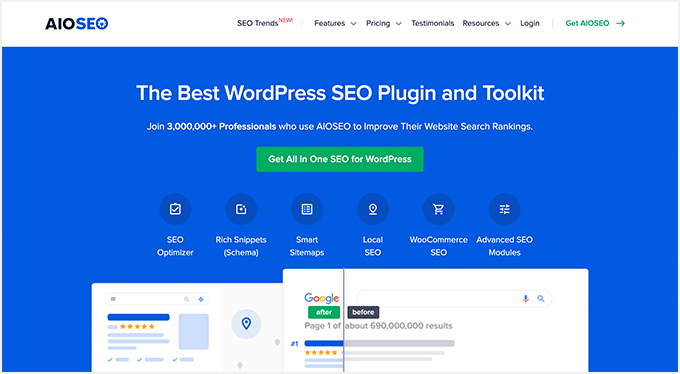

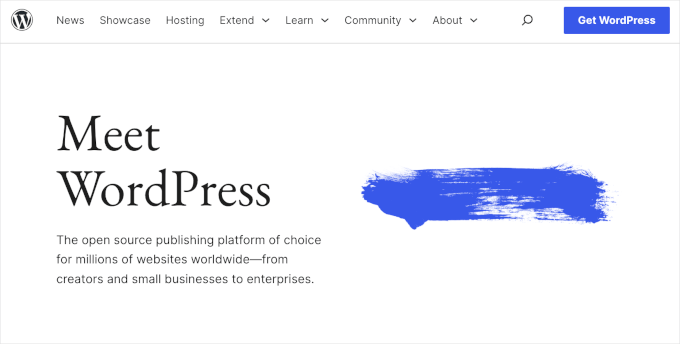

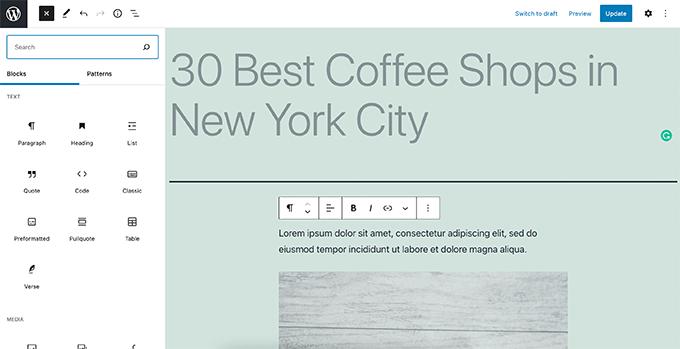
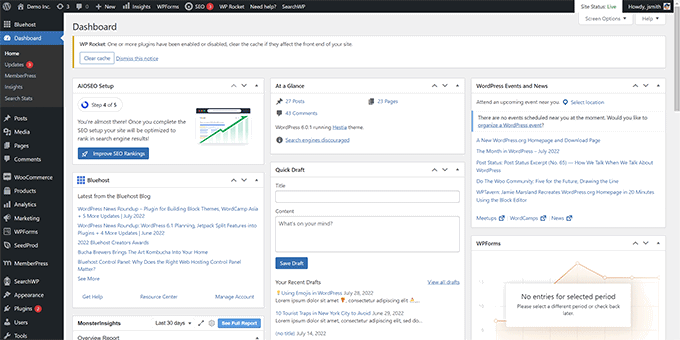

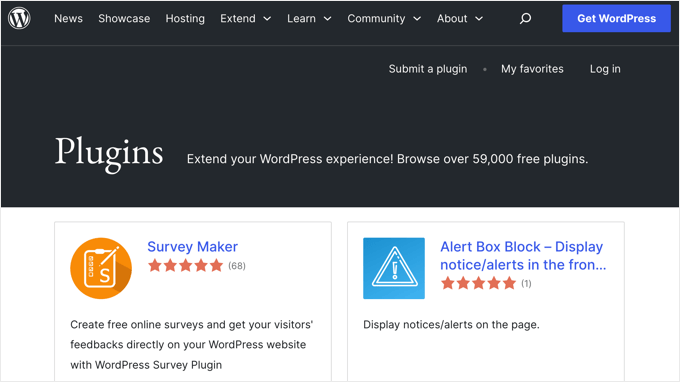
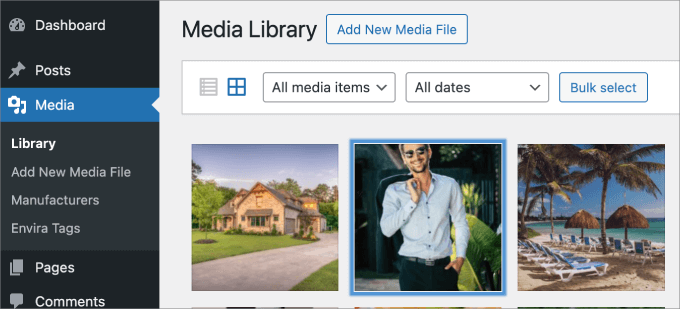
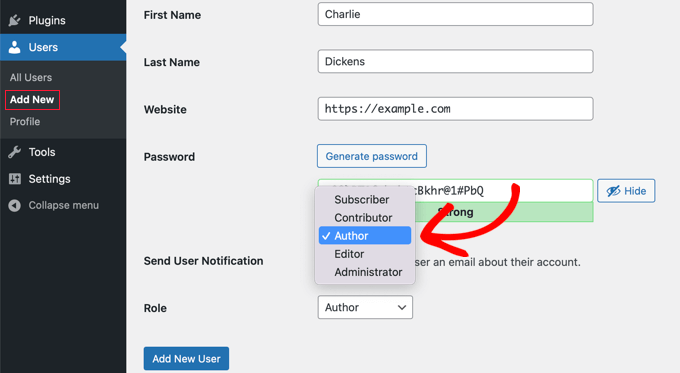

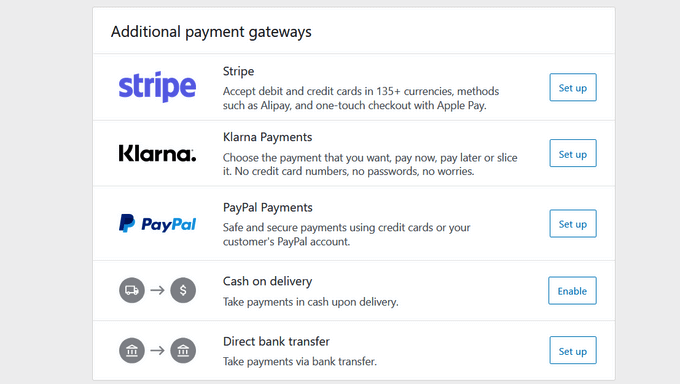

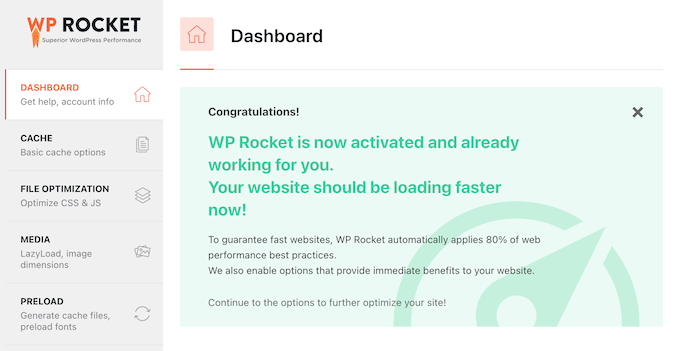




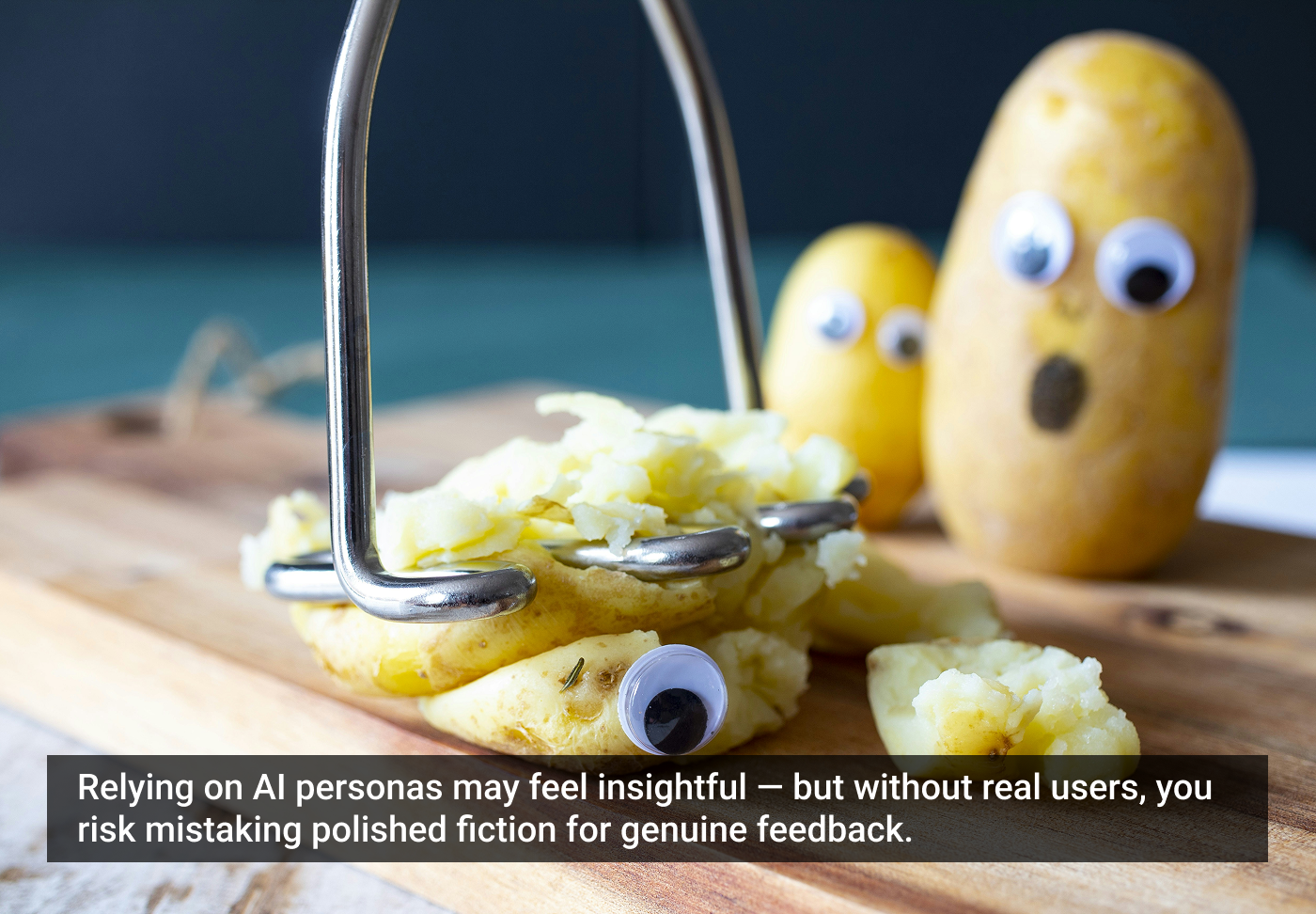

















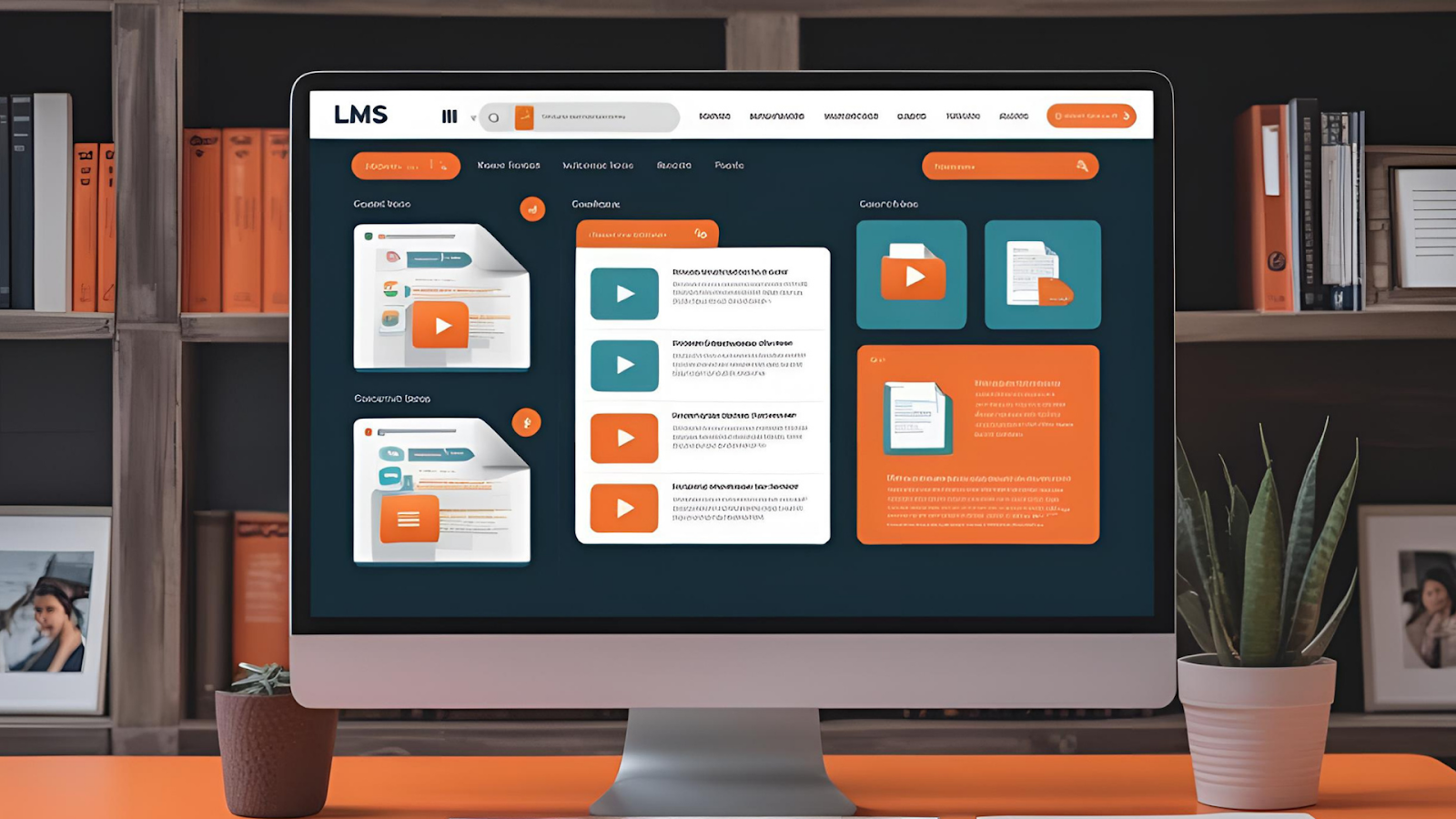







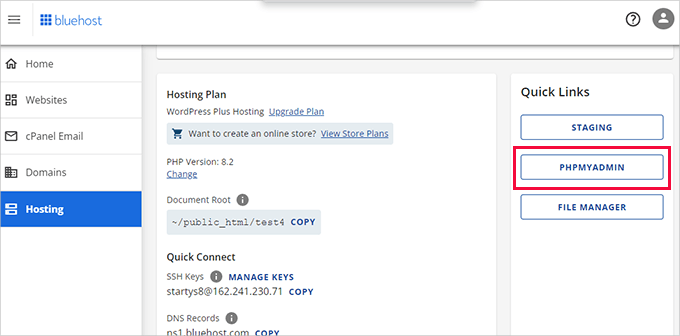
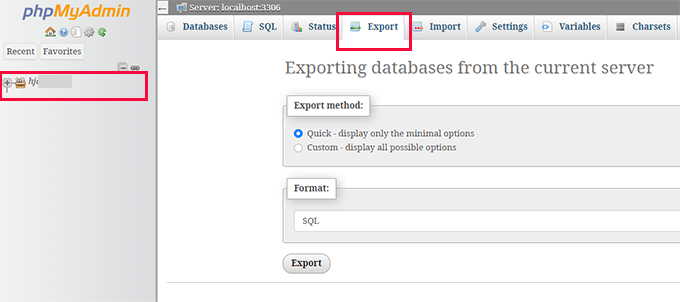
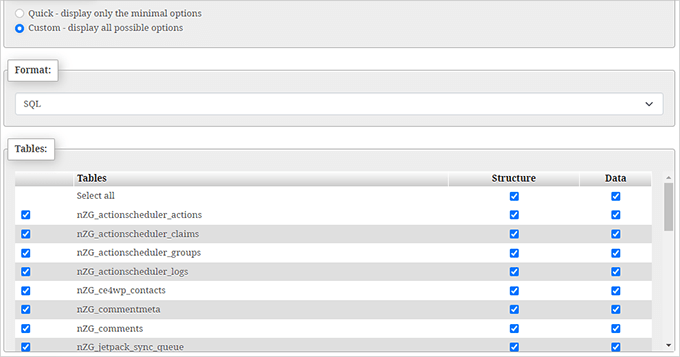
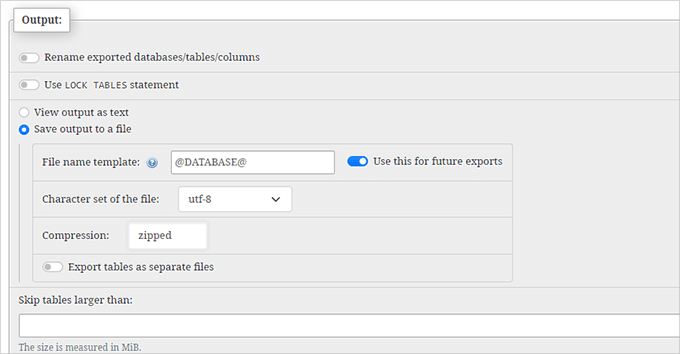
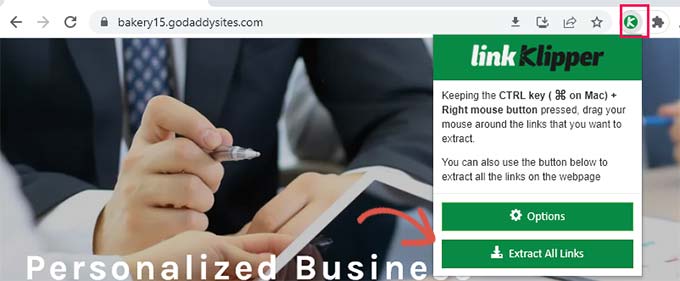
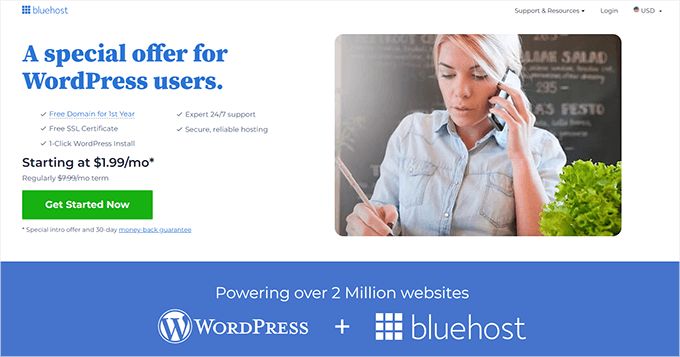
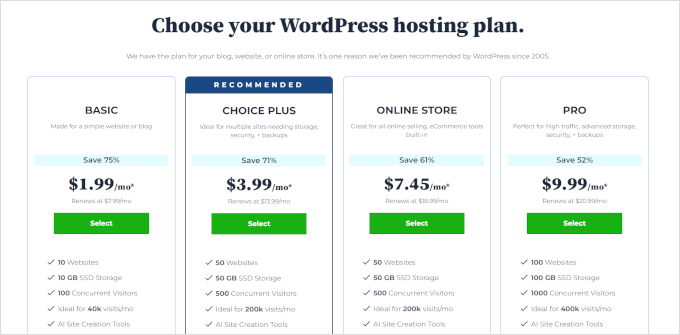

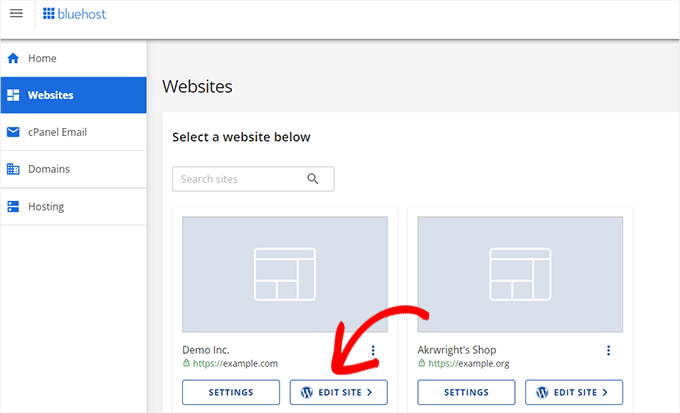







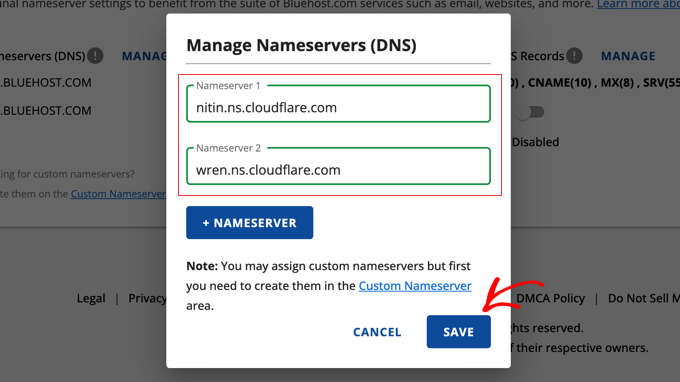
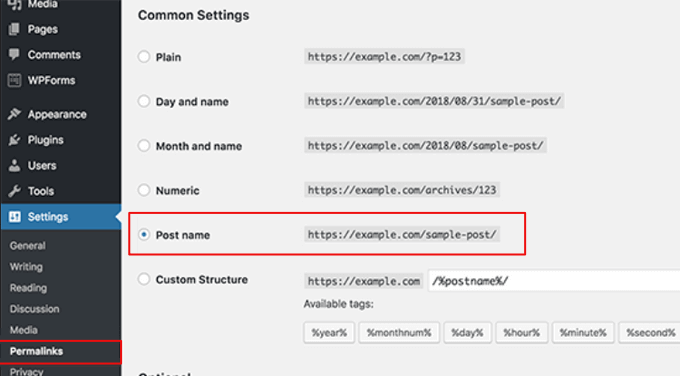

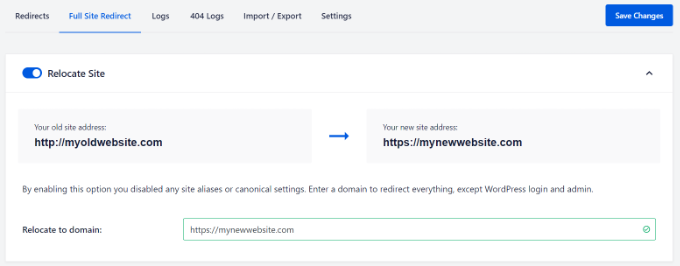
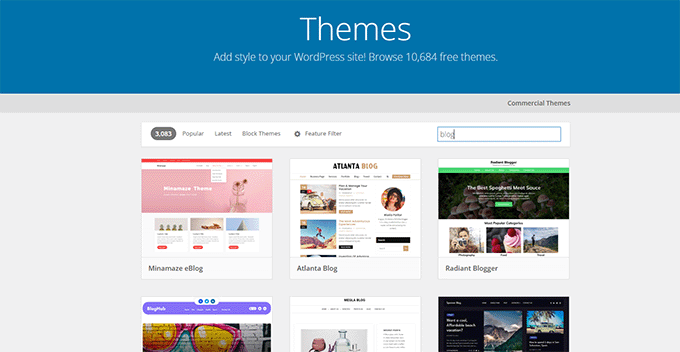
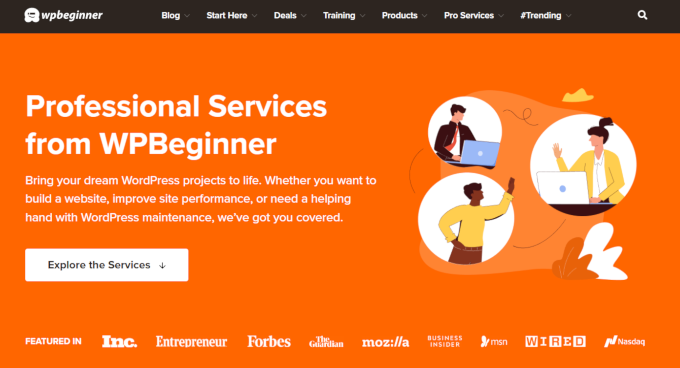
 Tobias Bäthge – Creator of TablePress
Tobias Bäthge – Creator of TablePress


